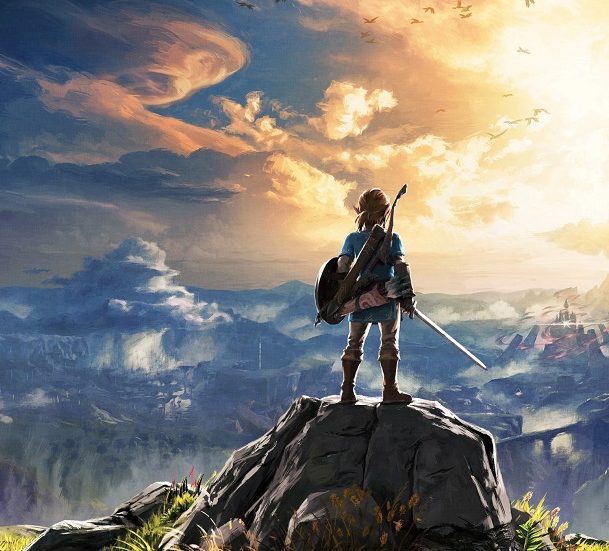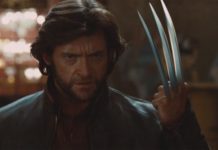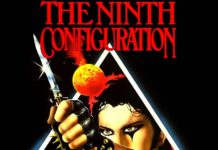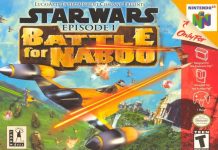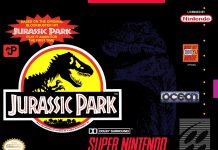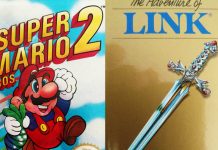A Link to the Past
Is it possible for a masterpiece to lose its luster? For perfection to be seen as imperfect? Is it also right to reevaluate a work that was bestowed one of these previous titles in the light of a new work built from the former’s foundation?
Perhaps what is most endearing about video games is the sense of history that comes from realizing how much games from 20 or more years ago can still resonate with a gamer. Is it a sense of nostalgia? Sure, but I have come to love many retro games that I never played until years after their release.
Technological advancements have made for exponentially more sophisticated game play than could ever have been dreamed of during the early console generations. Watching videos of the hoops players would have to jump through to play the Atari 2600’s Raiders of the Lost Ark is mind-boggling to someone who has always known the joy of a D-pad and face buttons. Along with game play, better technology means more expansive worlds to explore and better graphics to help immerse the player.

Storming Hyrule Castle
The Legend of Zelda: The Ocarina of Time is the first 3D open-world game I can recall playing. At the time, the world seemed littered with side-quests, such as bean planting, fishing, and golden skultula hunting.
Even when this open-world was surpassed three years later by Grand Theft Auto 3, the 64-bit world of Hyrule remained my favorite.

Flash forward about 20 years to when I finally managed to play The Legend of Zelda: Breath of the Wild. The Wii U/Switch game surpasses video game status and transcends into art. I cannot necessarily say the same for Ocarina of Time. However, when judging a video game, is that a compliment?
I try not to get too bogged down the videogames as art debate, as I have fairly wide definitions for both. When looking at both games, though, BotW, clearly has more artistic merit than OoT. From the graphical design to the minimalist music, every artistic choice in BotW was made deliberately. In OoT, it was more about pushing hardware boundaries. Sometimes the most powerful tool is not necessarily the best one for the job.
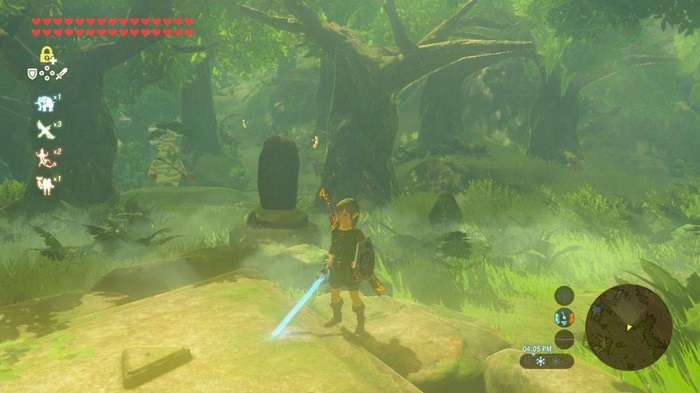
A Tale of Two Heroes
After getting fairly far in BotW, I began playing the 3DS version of OoT on a recent family vacation. In comparison to the gargantuan game I had been enjoying over the past month, the old game felt rather quaint. Surprising, as I mentioned, at one point in time, it appeared to be the most expansive game ever.
Perhaps what led to this old-timey feeling is the general linear nature of OoT that was not there when I initially played the game. It’s hard to return to the initial mindset of the first time I played a game, especially one that I have played on seemingly every Nintendo system since its original release.
The initial three dungeons explored as child Link in the game can now be knocked out in a couple of hours, whereas they originally took days, adding to the more epic feel of the game during that first playthrough.
While OoT does well at giving the illusion there is choice, most of it is insignificant. Outside of a few instances, the path determining which dungeon to next encounter is basically a straight line with the only variable being how much you want to dick around with side quests in between them.
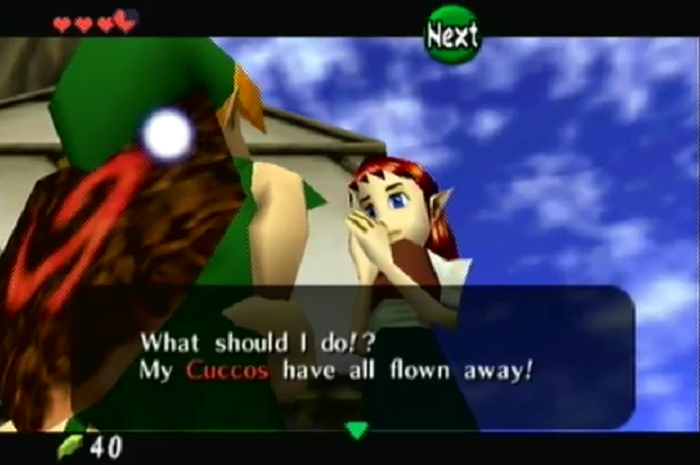
BotW, on the other hand, puts the player in the world of Hyrule and says it will see us at the end. From there, the path to the end is entirely the player’s decision, making each playthrough of the game its own unique experience.
In spite of the linear nature of OoT, the dungeons are much more unique in this game. In BotW, there are four divine beasts that function as the main dungeons, and they are all basically the same in appearance with the goal of activating the same terminals, culminating in a very similar boss battle. Where are the giant one-eyed spiders, bomb eating dinosaurs, and giant bongo-playing baddies?
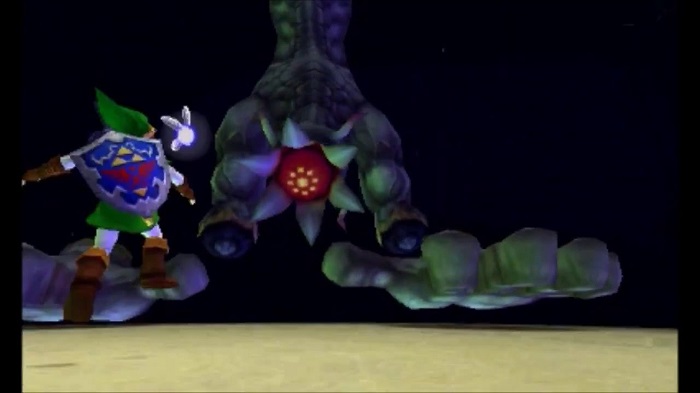
There are shrines in BotW that help scratch the missing dungeons itch, but they too are fairly similar in appearance without packing too much of a challenge.
I actually prefer the BotW style of dungeons. As much as I enjoy the Death Mountain dungeons in OoT, the water ones can suck my taint. Also, by the time I reach the last couple, I just want the game to be over. The choice offered in BotW allows me to tackle as many or as few of them as I want, which will help aid future playthroughs as the more annoying ones can be skipped or undertaken in a different order.
The Hero of Time?
As I am still in the midst of my initial BotW run, I have no future play sessions that have either soured or enhanced the game for me.
Will I eventually take up a speedrunning approach to the game, trying to kill Calamity Gannon as quickly as possible upon disembarking from the Great Plateau or will I forever take a more lackadaisical approach, exploring the living world of Hyrule in each subsequent playthrough?
Will flaws I am blind to due to finally playing the defining game of this console generation rear their head?
Ultimately, we are left with two magnificent games in a series that is synonymous with excellence. Twenty years from now, will BotW still be held as the shining example of the series or will it be usurped in ways unimaginable?
Regardless of what comes next, both OoT and BotW have etched themselves into the top tier of the Zelda franchise. Additionally, since their experiences are unique, it may open further classification levels to the franchise.
Instead of saying what is your favorite 2D and 3D game, it may have to be clarified between 2D, 3D, and Open World. Granted that’s a bit harder to classify as most Zelda games are considered Open World, but between OoT and BotW, there is simply no comparison in that matter.
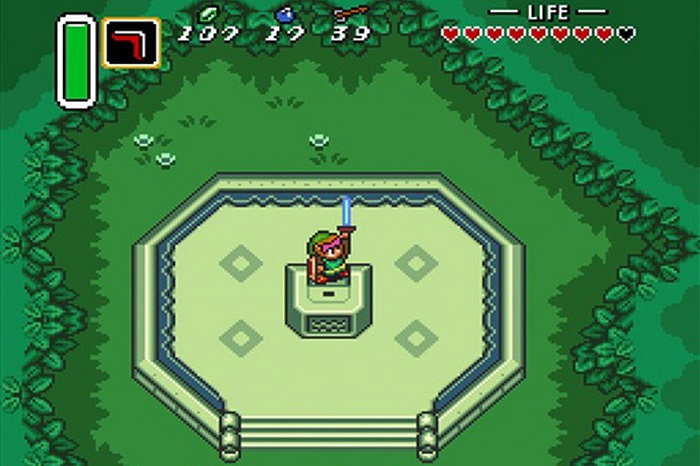
If nothing else, BotW has helped me understand that no matter how perfect an experience may be, there is room for improvement.
That is the essence of the Zelda franchise, taking essentially the same elements and remastering them for each new generation. While future games will surely do things better from an objective standpoint, we shouldn’t allow it to take away from the memories we made playing the earlier titles we loved just as much, if not more.

